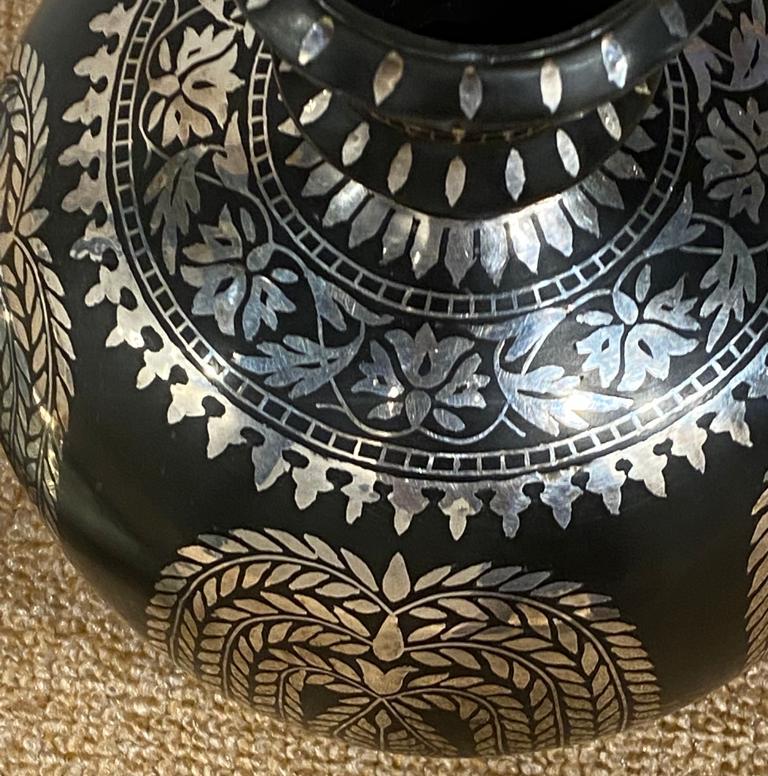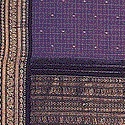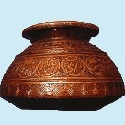Bidri is a unique metalware technique found only in India. It is a form of encrusted metalware, where one metal is inlaid on to another. The beauty of bidriware lies in the striking contrast of colours, with the glossy silver inlay being set off by the matt black metal. The craft of bidriwork is believed to have originated in Bidar (Karnataka). It has since spread to other places like Hyderabad (Andhra Pradesh). Bidri products include a diverse range of products including huqqa bases, bowls, boxes, candle stands, trays, ashtrays, vases, jewellery, and buttons. The motifs vary from floral arabesques and intricately patterned leaves and flowers to geometric designs.
The technical processes involved in the making of bidriware are complex and include casting, designing engraving, inlaying, blackening, and polishing. All these processes can be performed either by a single artisan or else different processes can be undertaken by different artisans, including a moulder, a designer, an engraver, and an inlayer. The item is first cast with the help of a mould of red clay into which a molten solution — predominantly copper and zinc with smaller amounts of lead and tin — is poured. The engraving tool, a kalam or metal chisel of varied shapes and points is used to engrave the designs, which are drawn in free hand. For the inlay, metal wires — usually silver, but occasionally gold or brass — are laid in the engraved area. Besides being visually striking, bidriwork is also enduring; it does not rust and looks the same for years to come.


